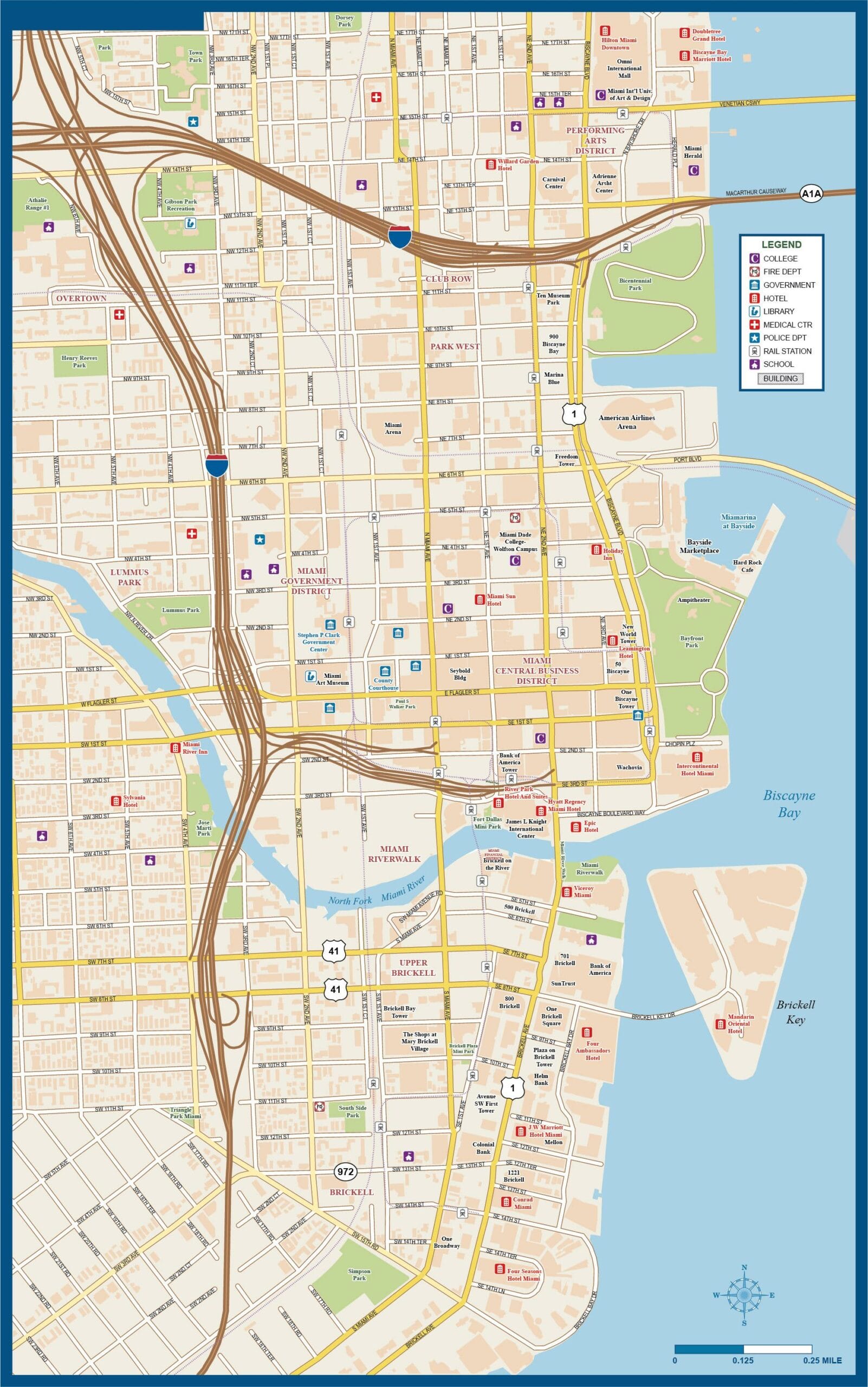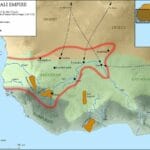Unraveling the Mystery of Niani: A Journey Through Time and Maps
Prepare to embark on a captivating quest to uncover the legendary city of Niani, the heart of the Mali Empire. We’ll delve into ancient tales, consult historical maps, and explore the perspectives of modern scholars to piece together the story of this once-great metropolis.
So, where on the map can we find this almost mythical place? Tucked away on the banks of the Sankarani River in present-day Guinea, Niani’s precise location remains somewhat of a historical puzzle ([Insert precise coordinates here]).
Niani wasn’t just any ancient city. Founded by the legendary Sundiata Keita in the 13th century, it served as the grand capital of the Mali Empire for two centuries. During the reign of Mansa Musa, arguably the most renowned ruler of the Mali Empire, Niani flourished. It transformed into a vibrant hub where Arab scholars and local intellectuals converged, exchanging knowledge and pushing the boundaries of human understanding. Trade routes flourished, connecting Niani to distant corners of the world – from North Africa to the Middle East and even the shores of Europe.
Niani’s strategic location along these trans-Saharan trade routes was no accident. The city controlled the flow of gold, salt, and other precious commodities, fueling its growth into a dazzling display of prosperity and power.
While the physical structures of Niani have succumbed to the passage of time, the city’s historical significance remains as potent as ever. Archaeologists are continuously unearthing new clues about its former glory. For those who prefer virtual exploration, platforms like Google Maps and OpenStreetMap offer glimpses into this fascinating world.
Where is Modern Day Niani?
The name “Niani” belongs to two distinct locations in West Africa, each with its own captivating history:
Niani, Guinea: Echoes of a Golden Age
Imagine northeastern Guinea, where the Sankarani River flows gracefully. It is here that we find the first Niani, the ancient seat of the Mali Empire. Established in the 13th century by Sundiata Keita, Niani became a bustling center of trade, connecting people and goods from far and wide. Under Mansa Musa, believed by some to be one of the wealthiest individuals in history, Niani emerged as a beacon of learning and culture – perhaps even surpassing the legendary Timbuktu.
Niani, The Gambia: A Distinct Legacy
Journey now to The Gambia, a nation nestled within Senegal. Here, on the north bank of the Gambia River, lies another Niani. This Niani played a pivotal role as the heart of a Mandinka kingdom, a prominent player in the trans-Saharan trade routes from the 14th to the 19th centuries. Envision caravans laden with gold, salt, and other treasures passing through this vibrant hub. Today, remnants of its former glory can still be witnessed in the historical architecture and the rich culture of the Mandinka people who continue to call this region home.
Two Nianis: A Historical Conundrum
The existence of two significant locations bearing the same name might seem perplexing, but several theories attempt to explain this historical curiosity. “Niani” could have been a common name in the region, perhaps signifying prosperity or a central meeting point. Alternatively, one city may have inspired the name of the other. Regardless of the reason, the prominence of two separate Nianis speaks volumes about the interconnectedness and cultural richness of West Africa.
Is Niani the Capital of Mali?
For generations, Niani, nestled along the Sankarani River, has been widely regarded as the capital of the Mali Empire. This belief stems from oral histories that link Niani to Sundiata Keita, the very founder of the empire. Early European explorers further solidified this notion in their writings.
However, recent archaeological investigations have sparked debate among historians. A grand capital city would typically boast impressive structures and remnants of monumental architecture. Yet, such evidence has been elusive in Niani. This has led some experts, notably archaeologist François-Xavier Fauvelle-Aymar, to question whether Niani was indeed the capital of the Mali Empire. It may have been a significant city, but perhaps not the central seat of power.
This is not to diminish Niani’s importance. Imagine a city teeming with merchants and traders, a melting pot of diverse cultures connected by the bustling trade routes of the Mali Empire. Historical accounts depict Niani as a vibrant commercial center, and archaeologists are uncovering evidence that supports this view. Traces of skilled craftsmanship, signs of extensive trade networks, and even hints of a royal presence all point to Niani’s significance as more than just an administrative outpost.
So, was Niani the capital? It’s a question that continues to captivate historians and archaeologists. What remains clear is that Niani was a pivotal location in the Mali Empire, a place brimming with life and historical significance. Its story is still being written, and who knows what secrets remain hidden beneath the sands of time.
Mapping the Mali Empire: Beyond a Single Capital
Pinpointing a single “capital” for the Mali Empire is a complex endeavor. While Niani, strategically positioned along the Sankarani River in modern-day Guinea, was undeniably a vital center, labeling it the capital may oversimplify the empire’s complex power structure.
Niani thrived as a hub of activity. Its strategic location provided access to a wealth of resources and trade routes. Arab travelers of the time described it as a bustling center of commerce and cultural exchange during the Mali Empire’s golden age. Archaeological digs have unearthed evidence of skilled craftsmanship, far-reaching trade, and even hints of a royal presence.
However, recent discoveries suggest that the Mali Empire’s power dynamics were more intricate and adaptable than previously thought. It is likely that the Mali Empire did not adhere to the rigid concept of a single, all-powerful capital in the same way that some other empires did.
The exact nature of power distribution within the Mali Empire continues to fascinate researchers. Nonetheless, one thing is certain: Niani, even if not the sole capital, was a prominent urban center deeply intertwined with the history of the Mali Empire.
Exploring the World of Baba Yaga
Looking for a detailed map of Baba Yaga stories in PDF format? Look no further than our extensive collection of maps, which provide an in-depth look at the fascinating world of Baba Yaga. Click on the map of baba yaga stories pdf link to explore the magical realm of Baba Yaga and her intriguing stories.
Key Points:
- Niani, situated on the banks of the Sankarani River in modern-day Guinea, is often cited as the capital of the Mali Empire.
- Founded by Sundiata Keita in the 13th century, Niani played a crucial role in the empire’s rise to power.
- During the reign of Mansa Musa, Niani flourished as a center of trade, culture, and scholarship.
- Niani’s strategic location along trans-Saharan trade routes brought immense wealth and connected it to distant corners of the world.
- While its physical structures may have faded over time, Niani’s historical significance endures.
- Recent archaeological research has raised questions about Niani’s status as the sole capital, suggesting a more complex power structure within the Mali Empire.
- Despite the ongoing debate, Niani remains a place of immense historical value, offering valuable insights into the Mali Empire’s golden age.
- Platforms like Google Maps and OpenStreetMap provide virtual windows into Niani’s historical context.
- Exploring Niani’s story through interactive maps, illustrations, and local accounts can bring its rich history to life.

















1 thought on “Locating Lost Empires: Finding Niani on a Map”
Comments are closed.